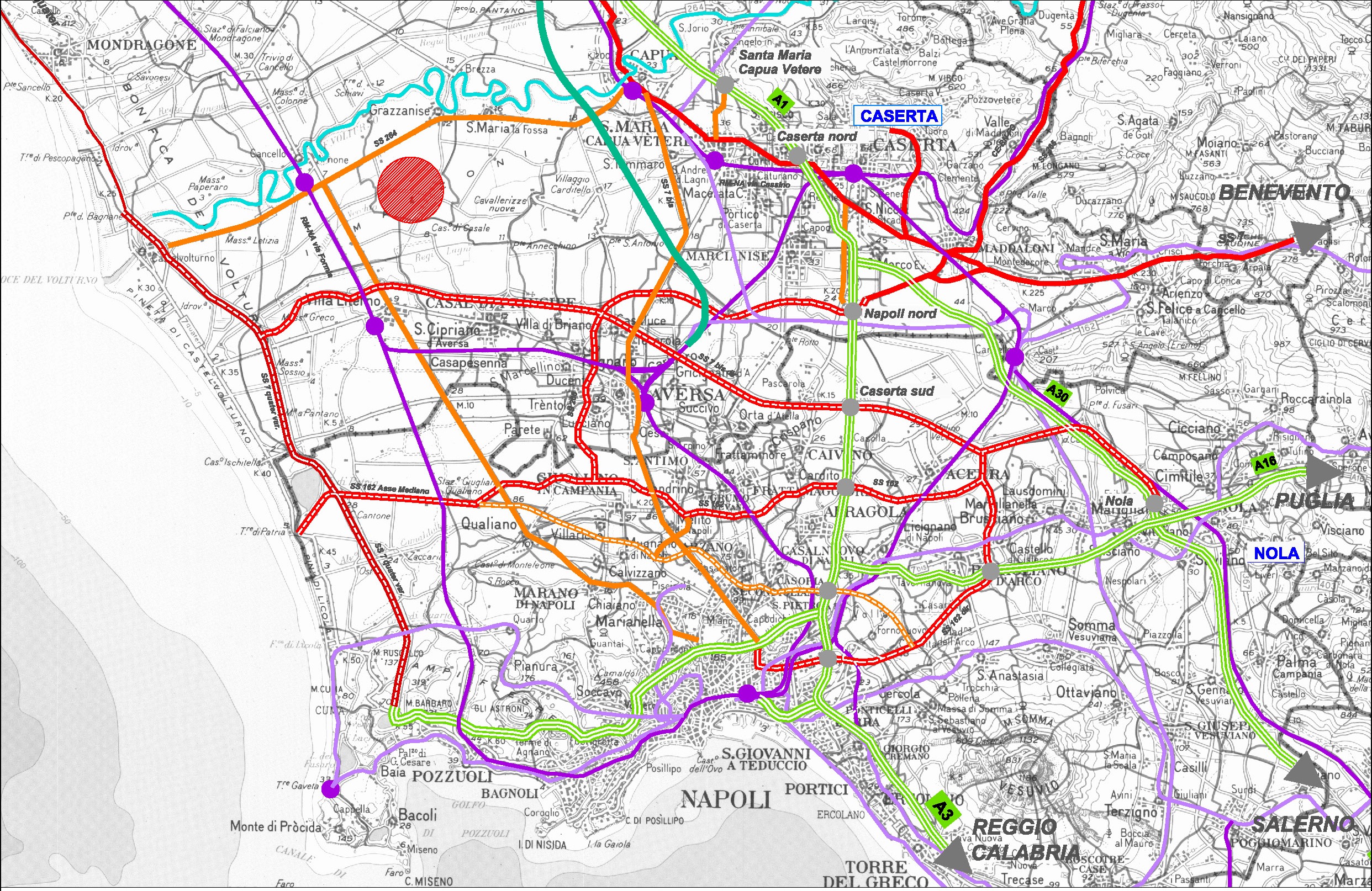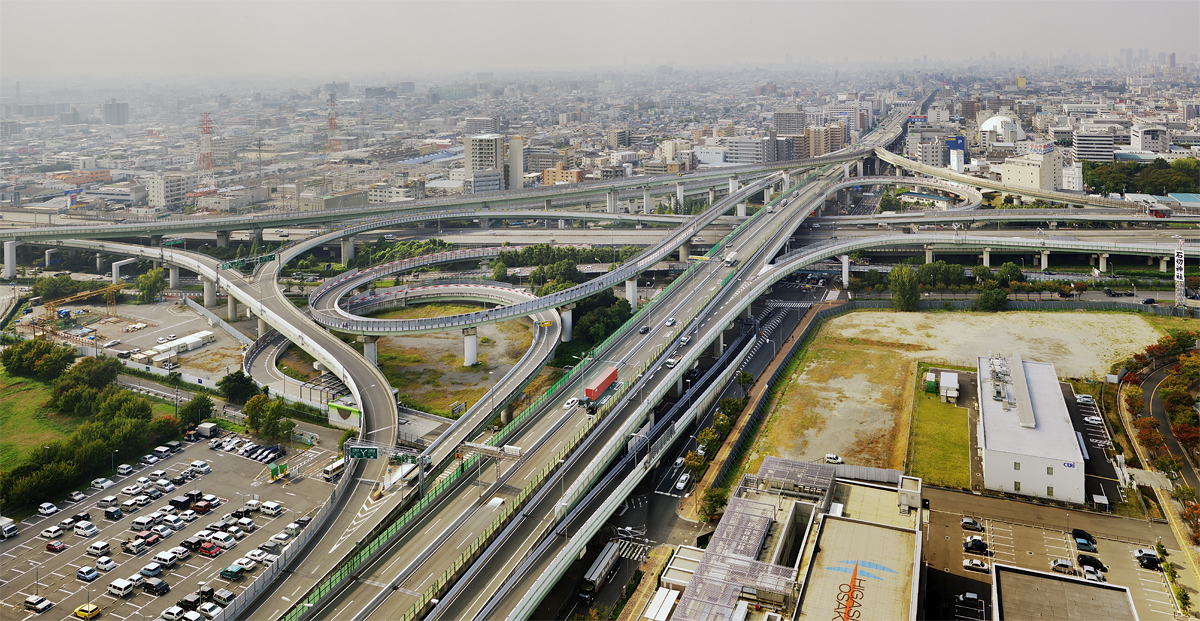Related services
Other categories
Other services related to:
Studies of pollutants and modeling
Objectives of the work
Offered services
Realised projects
The activities are finalised to improve the organization of the mobility flows inside and outside the city.
The company offers specialized services in the fields of:
Starting from investigations on transportation and infrastructures demand and offer, the firm develops models for Mobility Plans, Transportation and Road System Plans, Urban Traffic and Circulation Plans at various territorial scales and for the different transportation modes, considering financial and management isuues and supporting the clients’ needs with custom-made software. The tools utilized by VDP for studies and projects are able to deal with complex issues that require the processing of large amounts of data.

VDP has a wide experience in Italy, as well as abroad (Russia, Ukraine and Ecuador) in the field of applied modelling to transports and territory, with simulations studies of the transportation and road system on customer’s defined scenarios, using the main mathematical models.
As guarantee of the quality of offered services, VDP technical directors are member of AIIT (Italian Association of transport and traffic engineering) from the end of 80s.
Further specialization of VDP is in traffic and parking surveys, as well as research in the field of mobility.

• Feasibility studies, cost-benefit analysis;
• Studies of traffic and demand;
• Transportation Planning and Urban Mobility Plan;
• Analysis and solution of traffic issues while respecting the safety and environmental values;
• Urban Traffic Plans;
• Detailed traffic and parking plans, and its design;
• Cycling paths plans;
• Plans and programs of public transport services;
• Quantitative analysis, development and implementation of surveys on mobility, traffic analysis;
• Motivational and market surveys ;
• Application software, monitoring systems, information systems;
• Capacity building sessions

Thanks to its specialized staff and appropriate simulation models, VDP can support the public administrations in all the complex stages of preparation of the studies.
These phases can be summarized in the following steps:
• Proposal: definition of goals and objectives of the study to the specific local context: road use planning, public transport and parking for intermodal exchange. Data collection, site investigation and analysis of environmental conditions are performed.
• Analysis: Design of the monitoring campaign for mobility and the environment; in details, modeling of the transport network, analysis of plans and development programs for the definition of the basis framework, analysis of expectations of the population, etc.
• Interpretation: set up of program guidelines of the plan with the support of software for the simulation of multi-modal transport networks and related interventions. The software is able to simulate the effects in terms of transport effects, and air and noise pollution produced by urban mobility.
• Operation: define proposals, their implementation, monitoring of mobility and environmental effects, design specific actions for environmental safeguard, costs assessment, etc.

Nessun progetto collegato.